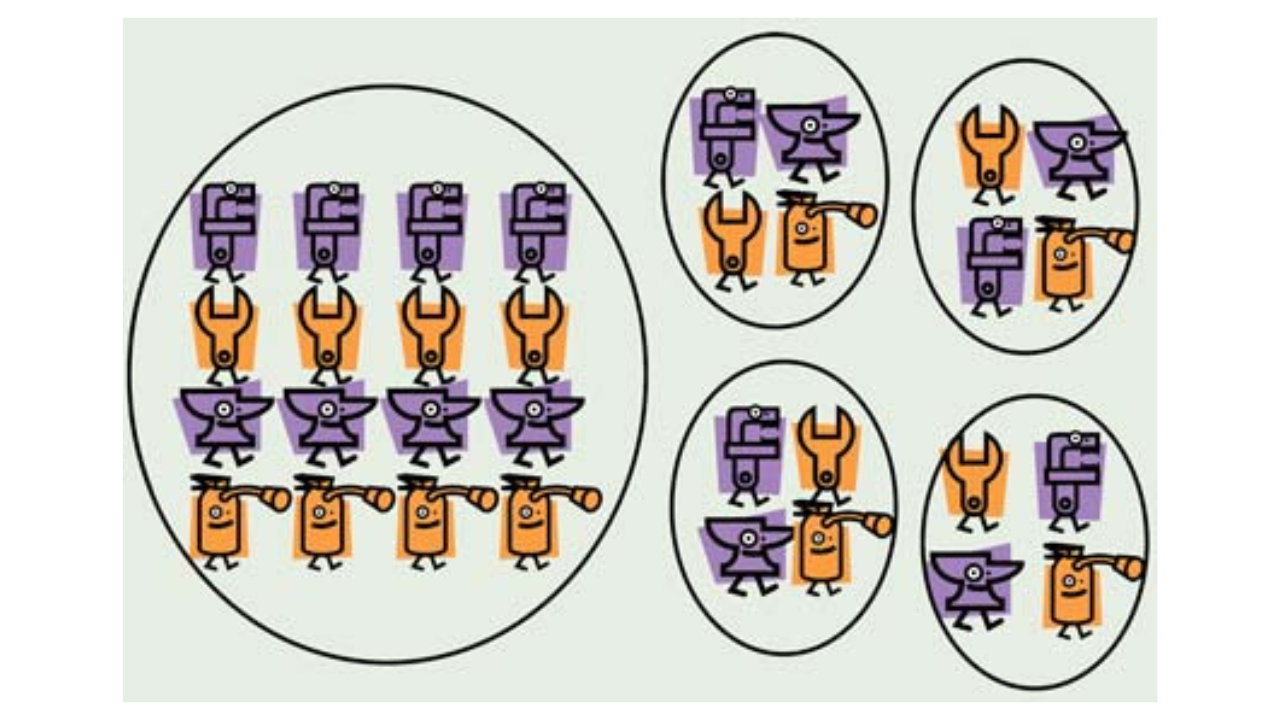Accurately Estimating Labor Hours
Doc Palmer
One of the principles of effective planning involves how best to estimate the labor hours for a job plan. It turns out that the simple opinion of a skilled technician is preferred over complex methods such as using industrial engineering standards or methods such as averaging past job performance.
The chore of estimating labor hours for a job is a serious planning issue. It can consume so much time that planners can’t keep up and leave unplanned work at the time of scheduling. We must have estimates of labor hours to support scheduling and promote productivity.
Planners struggle too much over developing an accurate estimate for each job. Many managers expect planners to develop perfect time estimates. They may even grade technicians and planners on actual field performance vs. the estimates. As a result, planners agonize over the estimates to the point where they don’t get all the jobs planned; even the ones planned still aren’t “accurate.”
The nature of maintenance work in a large industrial complex is that planners can’t say with certainty how long a job might take. Maintenance work isn’t assembly line work. Job time depends on the actual condition of the equipment and the actual technician assigned. A planner doesn’t know exactly what needs to be done. The planner doesn’t have perfect vision knowing exactly how many bolts need to be burned off. The planner doesn’t know the actual condition of the equipment before disassembly. In addition, the person assigned to the job may or may not be a top technician. He or she might be the least-skilled technician on the crew. Experience shows that the best estimates are routinely off as much as 100 percent. A job estimated to take five labor hours might take as many as 10 hours or as few as two.
Some plants instruct planners to use industrial engineering standards for each tiny portion of a job. For example, planners figure how long each bolt should take to be removed times the number of bolts and then add how fast a typical person walks times the distance the job is from the shop.
They add the job elements together for a total plan estimate. Not only does this type of estimate take forever, it’s no more accurate than plus or minus 100 percent. This method is more appropriate for estimating an assembly line task. The execution of an assembly line task thousands of times in a week (or day) justifies the time spent on the estimate. Specific maintenance tasks are usually unique in their actual conditions. Maintenance might service the same type of equipment but in different applications. Also, maintenance may perform the same task only once or twice each year for any specific application, so developing an engineered standard may not be worthwhile.
Some planners take strict averages of hours for previous executions of similar work. Some CMMS programs even average past work automatically. The problem with this approach is two-fold. First, execution of the work is, at best, an average. If technicians took too long on past work, their performance carries into the future estimate. The past performance also can include activities such as time associated with interrupting the work. Second, we want a standard, even if not an engineered one. We want to know how long the job should take a qualified tech to perform, but we don’t want an estimate to include lesser-skilled technician efforts or unusual past problems.
It turns out that a skilled technician can usually make just as accurate an estimate (plus or minus 100 percent) from a simple review of the job and a quick review of the equipment file (if any history exists). The planner with a skilled technician background should estimate labor hours for a smooth job by a qualified technician. This yields a standard, as accurate as any, for typical maintenance.
What good are “plus or minus 100 percent” estimates? They aren’t dependable for individual jobs, but they are extremely useful for a grouping of jobs.
Schedulers can group a week’s worth of work very accurately. Also, a supervisor can assign a day’s worth of work with better control. A single job planned for five hours might run high or low, but a supervisor has more control in assigning a five-hour job, a two-hour job and a one-hour job to an eight-hour technician than if he didn’t have any estimates.
The simple estimate of a planner with significant craft experience is preferred over other methods. It yields an estimate useful for scheduling, and the planners can also keep up with the backlog to support scheduling.

Doc Palmer
Doc Palmer, CMRP, is the author of ‘Maintenance Planning and Scheduling Handbook.’ He has nearly 25 years of industrial experience as a practitioner working in the maintenance department of a major electric utility.
Related Articles

A Planner's Tool Kit

Uptime: Fill Out Work Orders? Who's Got Time for Paperwork?

Tips for Maintenance Planning

Centralized Maintenance vs. Decentralized

You Cannot Maximize Production or Reduce Costs Without the use of an Effective Planned Maintenance System

Work Order Prioritization




